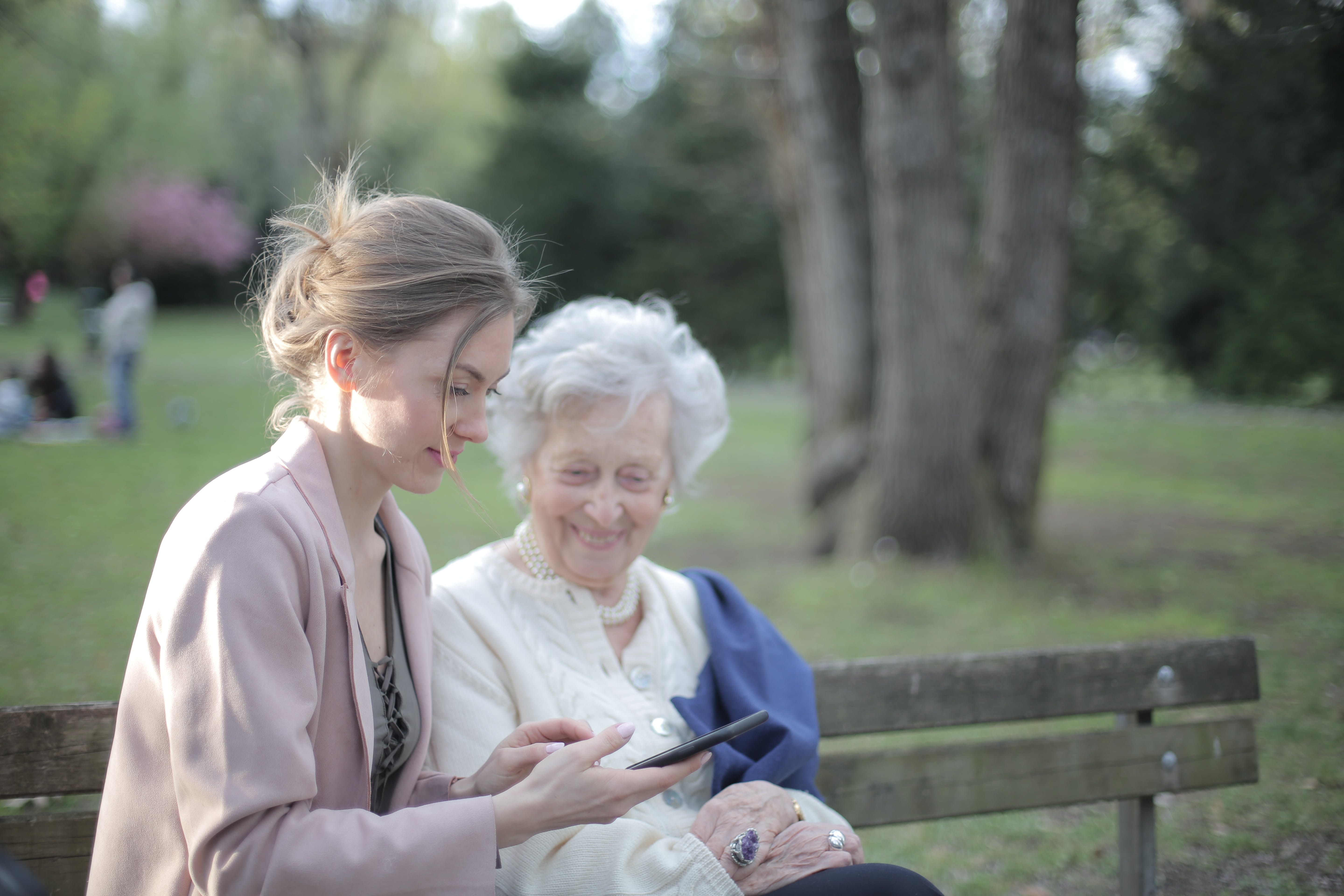By Anna Scott
California
Governor Gavin Newsom rarely talks about his CARE Court program without
framing it in terms of the state’s homelessness crisis.
“I see what everybody else sees,” he told 60 Minutes in a
segment that aired in September, as he explained the impetus for CARE
Court. “I try to walk my kids to the park and have a difficult time
navigating the sidewalk. It's a fail-first system, not a care-first
system, which means you have to end up in the criminal justice system
before, finally, someone provides support and a bed and a solution.
We've got to change that, and that’s what we’re doing.”
But as the new mental health court system opens in LA County this
month, the fact is that CARE Court is unlikely to make a visible dent in
homelessness locally. Why not? Who is CARE Court for, and how will it
work?
Nuts and bolts
CARE Court was conceived in part as a missing middle path between
simply waiting for the person to wind up in jail or be involuntarily
hospitalized — or pursuing the opposite extreme of conservatorship, in
which a court-appointed individual takes over virtually all
decision-making for the person who needs help. A middle option could be a
potential lifeline for families, health care providers, or others
seeking care for a severely ill loved one or client.
In CARE Court, part of the civil justice system, people can petition
to enroll individuals with schizophrenia and other psychotic disorders,
who would then be assigned public defenders and a series of hearings.
The goal is to come up with court-approved, time-limited treatment plans
of up to two years.
So far, the number of petitions that have moved forward is small —
less than 100 altogether, according to numbers tallied by the LA Times. So far it has rolled out in seven counties in October, including Orange and San Diego, and in LA County on December 1.
The numbers are so low partly because psychotic disorders are
relatively rare, and qualifying for CARE Court requires documentation
and proof of previous hospitalization.
Roughly 0.7% to 2% of the general population has schizophrenia or
some other type of psychotic spectrum disorder, said Dr. Lisa Wong,
director of the Los Angeles County Department of Mental Health. In the
unhoused population, she said, it’s approximately 10%, citing a study by
the California Policy Lab.
“When we look at the research on people experiencing homelessness in
California, about 25 to 40% may have some kind of mental health issue,”
said Wong. “If you're homeless, even if you didn't come in with a
serious mental health issue, you will have depression, you’ll have
anxiety. But only 10% really have that very serious mental psychotic
disorder.”
High hopes
Rare as these illnesses are, for some family members of people who do
fit the criteria for CARE Court, the program seemed like a potential
lifesaver.
“We were all really hopeful,” said Nan Ibarra, an advocate for
families struggling with mental illness and a mother of four whose two
sons suffer from schizoaffective disorder. “This was the great white
hope.”
Ibarra particularly hoped CARE Court could help her younger son. His
seemed exactly the type of case Newsom and other politicians described
as ideal for CARE Court. For years, Ibarra said, he’s suffered from
delusions and mood swings, refusing medication, and bouncing on and off
the streets of Anaheim.
However, as CARE Court went from concept to reality, Ibarra was
disappointed by the voluntary nature of it. There are no civil or
criminal penalties for not participating or for walking away from it
once an individual has a treatment plan.
“For his individualized case, I'm not feeling like CARE Court is
going to do it, because it's voluntary,” she said. “Those of us who deal
with somebody with severe mental illness, we know that it's a slippery
slope. If they choose to go off their meds, you can still reason with
them — and then you can’t.”
That’s why she recently decided to pursue conservatorship instead.
Wong of LA’s Department of Mental Health said she hopes CARE Court
will lead to fewer conservatorships by providing an alternate path for
people before they reach the point of being eligible for more coercive
measures.
Some advocates for those with serious mental illness don’t buy that at all.
Conflicting concerns
Clare Cortright is the policy director for Cal Voices, a Sacramento
advocacy organization run by and for people with serious mental illness.
She says that simply by being part of the court system, CARE Court is
inherently coercive.
“Voluntary services don't actually exist” within that framework, she
said. “They're not culturally competent for people with mental illness.
They're extraordinarily paternalistic, they're extraordinarily biased. I
can tell you, you don't have due process when your judge has a bias
against you.”
If someone refuses to cooperate with CARE Court, said Wong, there’s
no prescribed response. The Department of Mental Health would likely
follow up to do an assessment. The person could then become a candidate
for conservatorship, or be involuntarily hospitalized, but those avenues
would be pursued outside of CARE Court.
As for resources to support CARE plans, Wong said that LA County has
received some separate but related funding from the state that local
officials plan to prioritize for people in the CARE system. But the
opening of CARE Court doesn’t come with any new influx of permanent
supportive housing, mental health care professionals, services or
treatment beds. Instead, county officials will have to reshuffle
existing resources to ensure that people are able to follow through on
CARE plans.
“There will be sufficient housing, there will be sufficient
services,” she said. “But — I tell people in therapy this all the time —
with every decision, there's a loss. So when we are prioritizing CARE
Court, this does take away from something else, potentially.”
Full Article & Source:
No, CARE Court won’t solve homelessness. But what will it do?








.png)

















